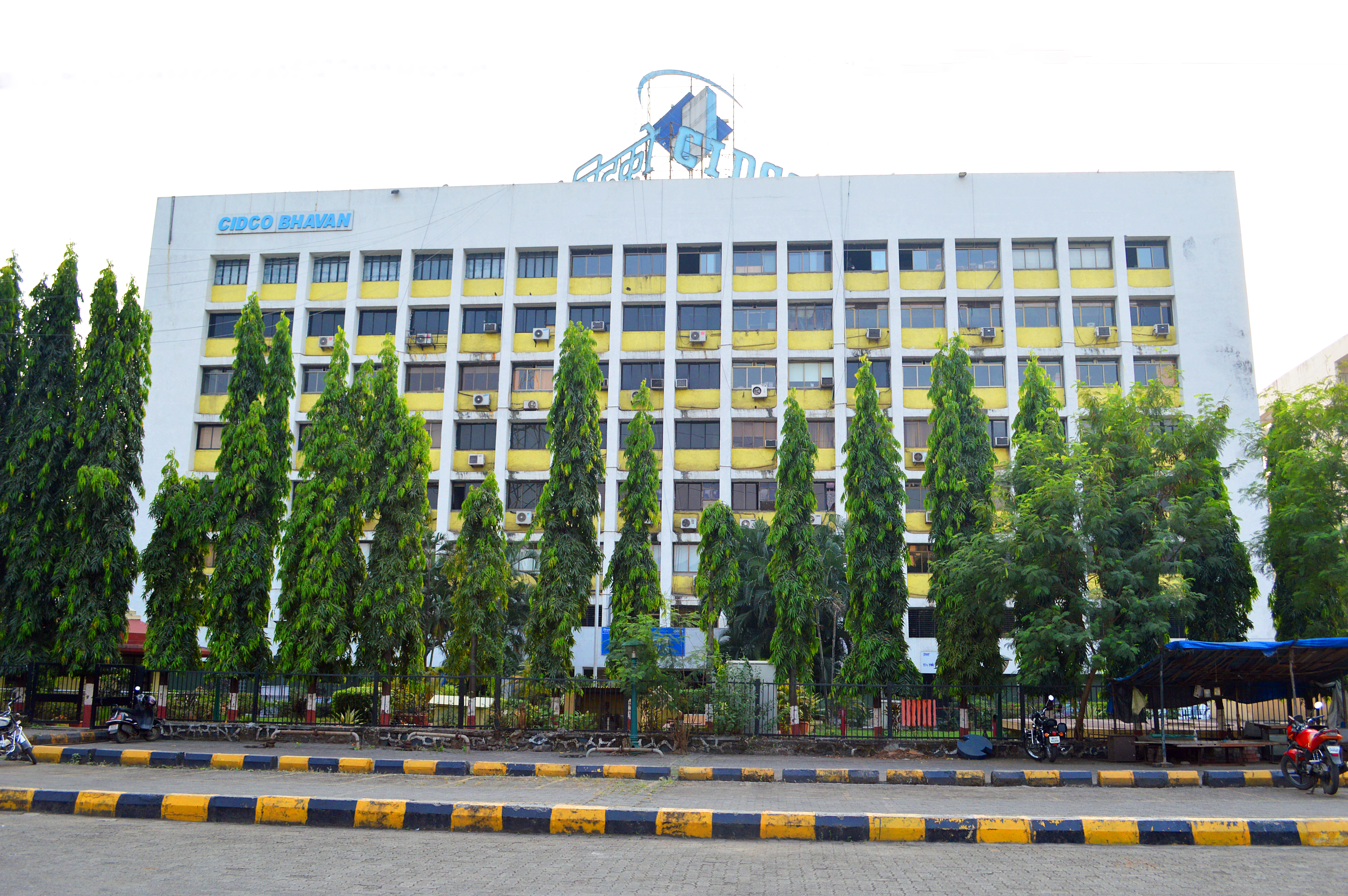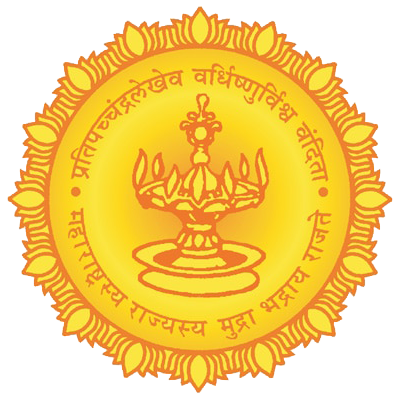Formation & Objectives

FORMATION OF CIDCO
Finally on 17th March 1970, City and Industrial Development Corporation of Maharashtra Limited (CIDCO) was incorporated (No. 14574 of 1969-70) under the Companies Act 1956. The State Government issued Resolution (GR No. IDL/5770/IND-I) to this effect on the next day notifying CIDCO as the New Town Development Authority (NTDA). It was a subsidiary of the State Industrial and Investment Corporation of Maharashtra Limited (SICOM). CIDCO started functioning with the subscribed capital of Rs. 10 lakhs and loan of Rs. 270 lakhs, from the holding company SICOM in 1970. CIDCO also borrowed Rs. 16,60,068.05 from SICOM in the same year.
Mr. J. B. D’Souza, a senior IAS officer, who had served as the Commissioner of the BMC, was appointed the first MD of CIDCO on 24th March 1970. Mr. N. M. Wagle, a senior ICS officer who was SICOM’s chairman was nominated CIDCO’s chairman
Its nature as the multi-disciplinary organization was determined at the very outset. The first MD Mr. J. B. D’Souza appointed a team of eight persons from different spheres of life which comprised of Mr. Shirish Patel (Civil Engineer), Dr. Phiroze Medhora (Economist), Dr M. S. Gore (Social Scientist), Mr. K. P. Battiwala (Engineer), Mr. Vijay Tendulkar (Playwright), Mr. Charles Correa (Architect) and Dr. Kirit Parikh (Operations Research). These distinguished personalities have earned several accolades in the lifetime. Some of them have been bestowed with Padma honours. Mr. Correa with Padma Shri, Dr. Parikh - Padma Bhushan, Dr Gore - Padma Bhushan, Mr. Tendulkar - Padma Bhushan.
OBJECTIVES
CIDCO’s broad objectives were:
To reduce the growth rate of population in Greater Bombay; to attract some of Bombay’s population and absorb immigrants who would otherwise come to Bombay;
To reduce traffic congestion and burden on Bombay’s physical infrastructure such as road transport, mass rapid transportation system
To provide physical and social services which would raise living standards and reduce disparities in the amenities available to different sections of the society;
To provide an environment which permits the citizens of the proposed new city to live fuller and richer life, free of physical and social tensions commonly associated with urban living;
To facilitate efficient and rational distribution of industries over the State, balancing development of urban centres in the hinterland;
To provide training and all possible facilities to the existing local people in the project area, to enable them to adapt to the new urban setting and actively participate in the economic and social life of the new city.


